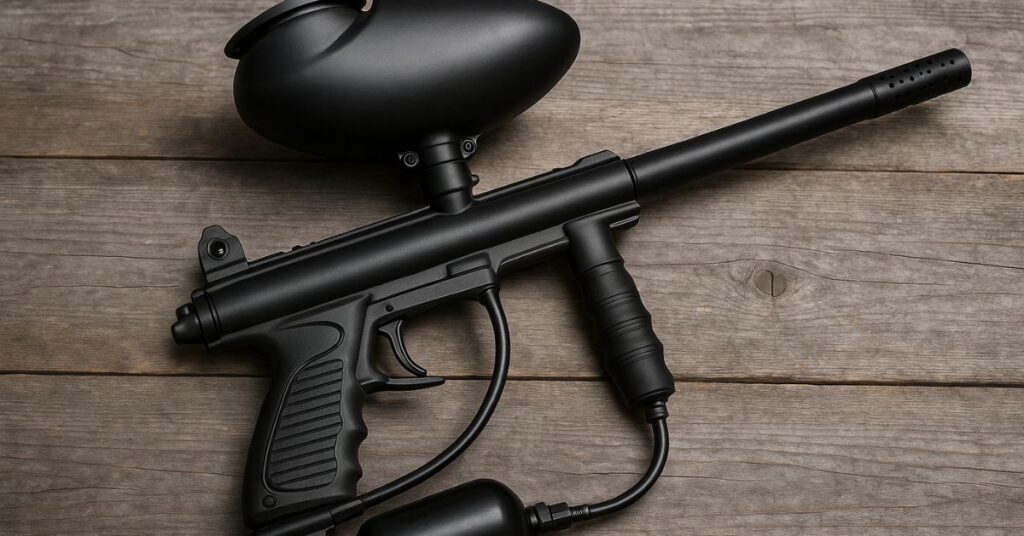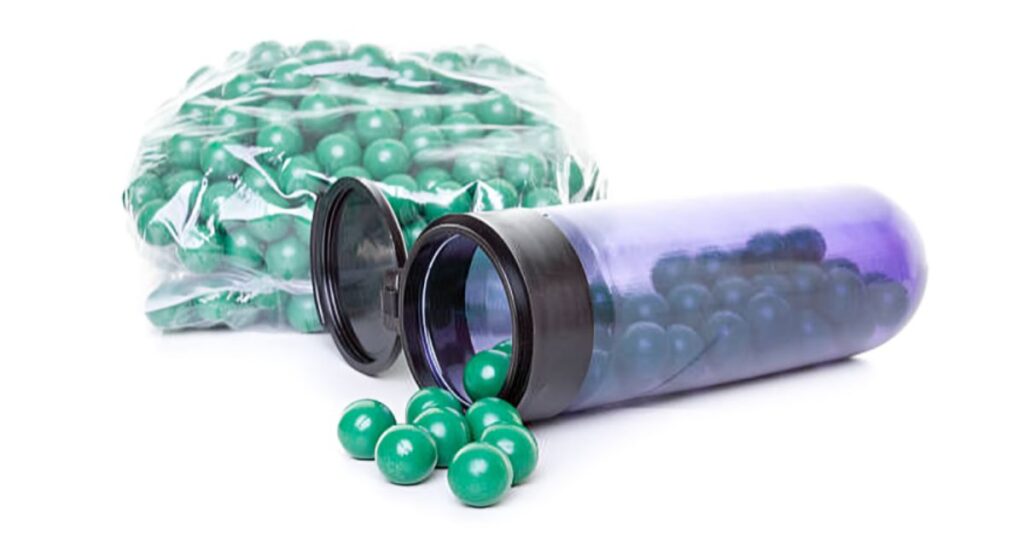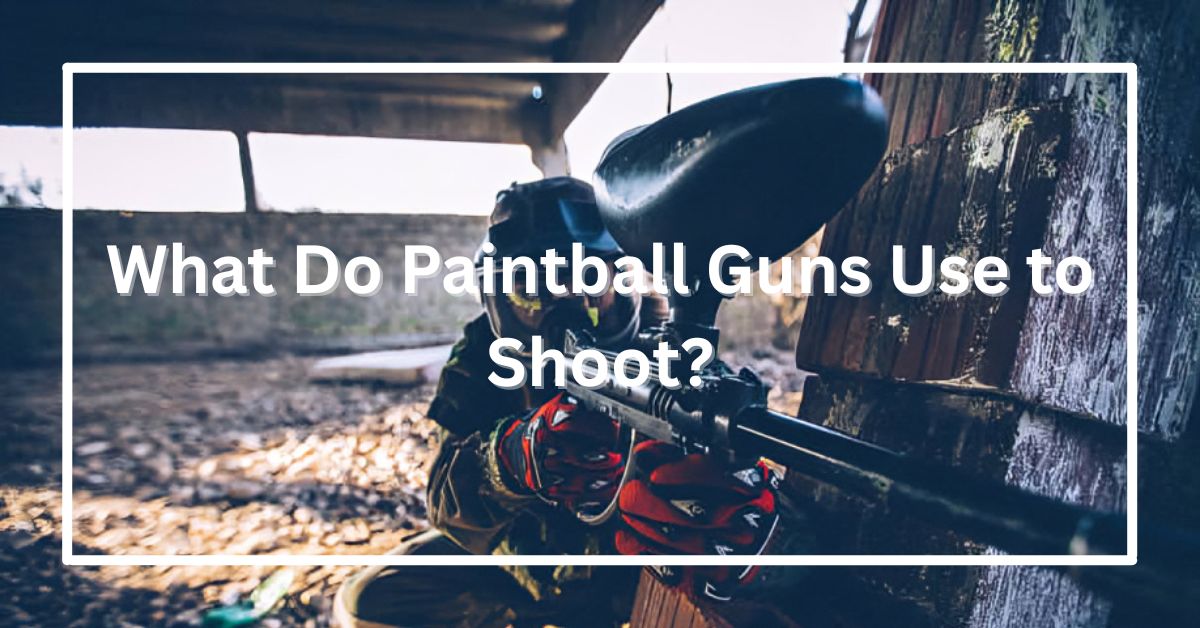If you’ve ever played paintball—or watched it—you know it’s all about fast action, strategy, and splashes of color. But if you’re new to it or just curious, you might be wondering, what do paintball guns actually use to shoot those paintballs?
Let’s walk through what goes on inside a paintball gun and how it all works in a way that’s super easy to understand.
What Exactly Is a Paintball Gun?
A paintball gun—also called a marker—is what players use to shoot small, colorful capsules called paintballs. These markers come in two main types:
- Mechanical markers: Simpler, often powered by springs and valves.
- Electronic markers: Use batteries and a circuit board to shoot faster and more consistently.

Regardless of the type, all paintball guns need one key thing to shoot: compressed gas.
Paintballs
Before we dive into what powers the shot, let’s talk about the thing being shot—paintballs.

These aren’t like hard pellets or plastic BBs. Paintballs are soft, round capsules made of a gelatin shell and filled with water-based, non-toxic dye.
- They’re usually .68 caliber (around the size of a marble)
- Designed to break on impact
- Safe to use with proper gear
They’re made to splatter when they hit a player, which is what makes the game so fun—and colorful.
What Do Paintball Guns Use to Shoot?
Here’s the main question answered: Paintball guns use compressed gas to shoot.
There are two types you’ll hear about most:
1. CO₂ (Carbon Dioxide)
This was the original go-to for most paintball guns.
- It’s stored as a liquid and turns into gas when released
- Affordable and easy to find
- Can be a bit unreliable in cold weather (because of the way CO₂ expands)
2. HPA (High-Pressure Air) or Nitrogen
Becoming more popular, especially in tournaments.
- Stored as pure compressed air
- More consistent performance overall
- A little pricier, but worth it for serious players
So when you pull the trigger, that burst of gas is what launches the paintball out of the barrel.
How Does a Paintball Gun Actually Work?
Now that we know what powers the shot, let’s quickly break down how a paintball gun works internally.
A. The Hopper
This is the container that holds your paintballs. Gravity-fed or motorized, it loads one paintball at a time into the firing chamber.
B. The Firing System
Once the paintball is in place, here’s what happens when you pull the trigger:
- The bolt moves forward
- The valve opens
- A burst of gas is released
- The paintball is pushed out of the barrel at high speed
C. The Barrel
This is where the paintball exits. Some barrels are designed to reduce noise or increase accuracy.
A Quick Word on Safety
Because you’re dealing with compressed gas and projectiles, safety is key in paintball.
- Always wear protective goggles
- Use barrel covers when you’re not playing
- Don’t overfill your gas tanks
- Make sure everything is properly maintained
Paintball is a safe sport when rules are followed—but accidents can happen if people aren’t careful.
Conclusion:
So, to recap: paintball guns use compressed gas—usually CO₂ or HPA—to shoot paintballs. That gas powers the marker and sends the paintball flying out of the barrel toward your target.
Whether you’re a beginner gearing up for your first match or just curious how it all works, now you know the basics behind the shot.
And who knows? Maybe next time you play, you’ll appreciate your gear a little more—and have an edge on the field.

